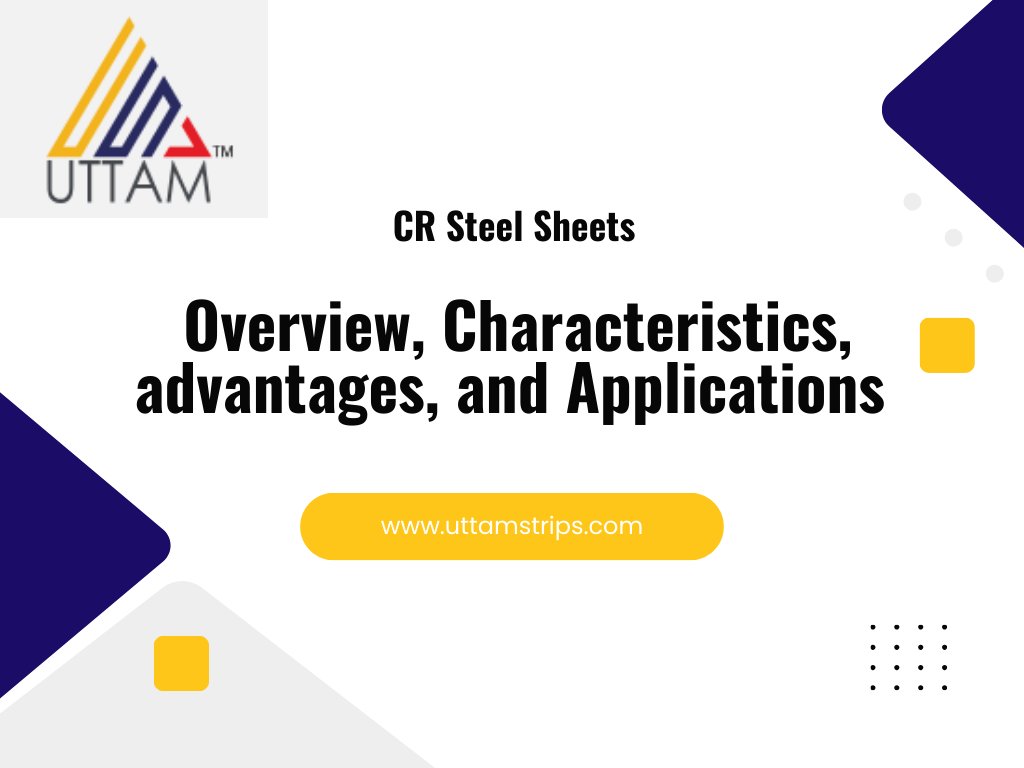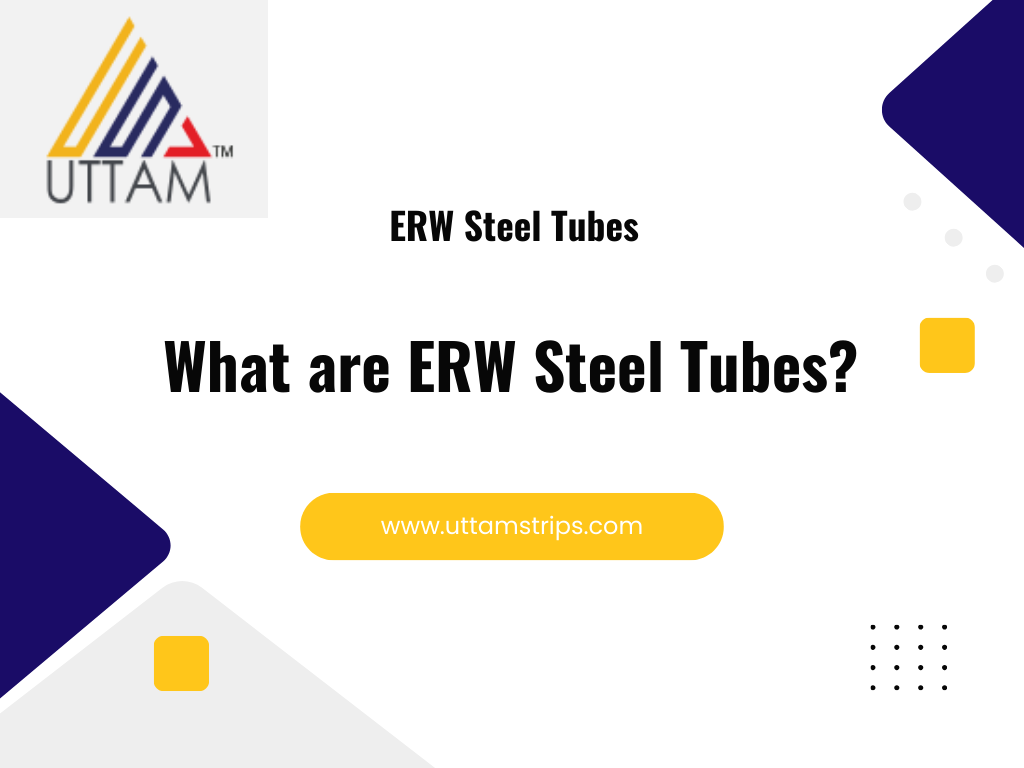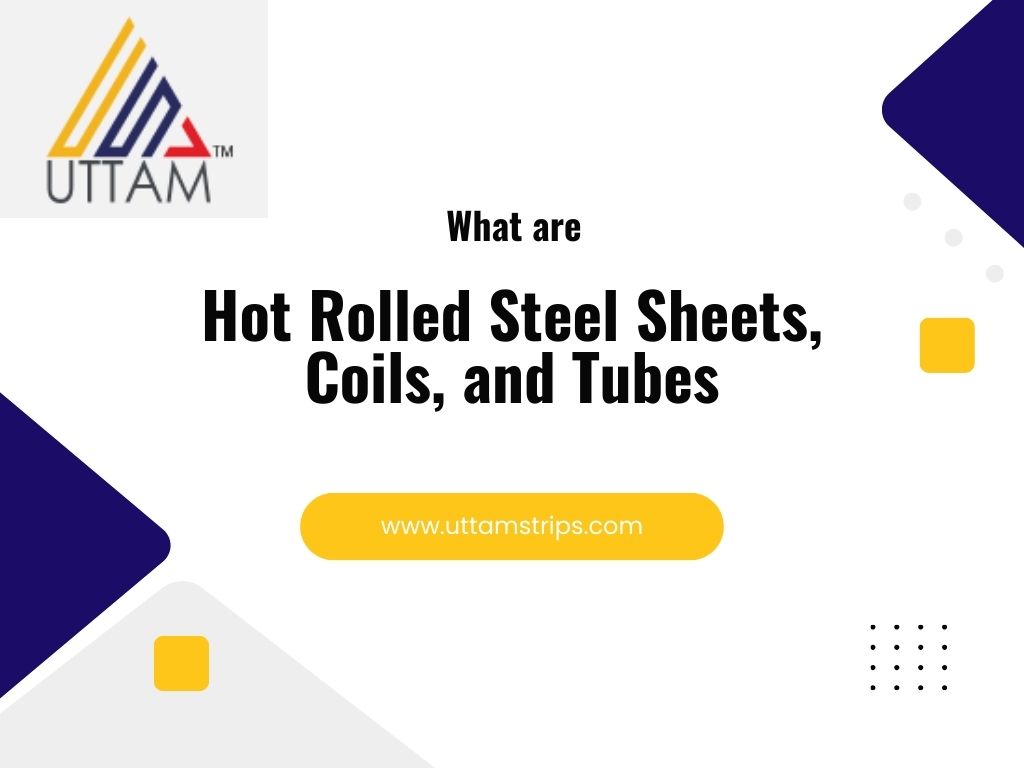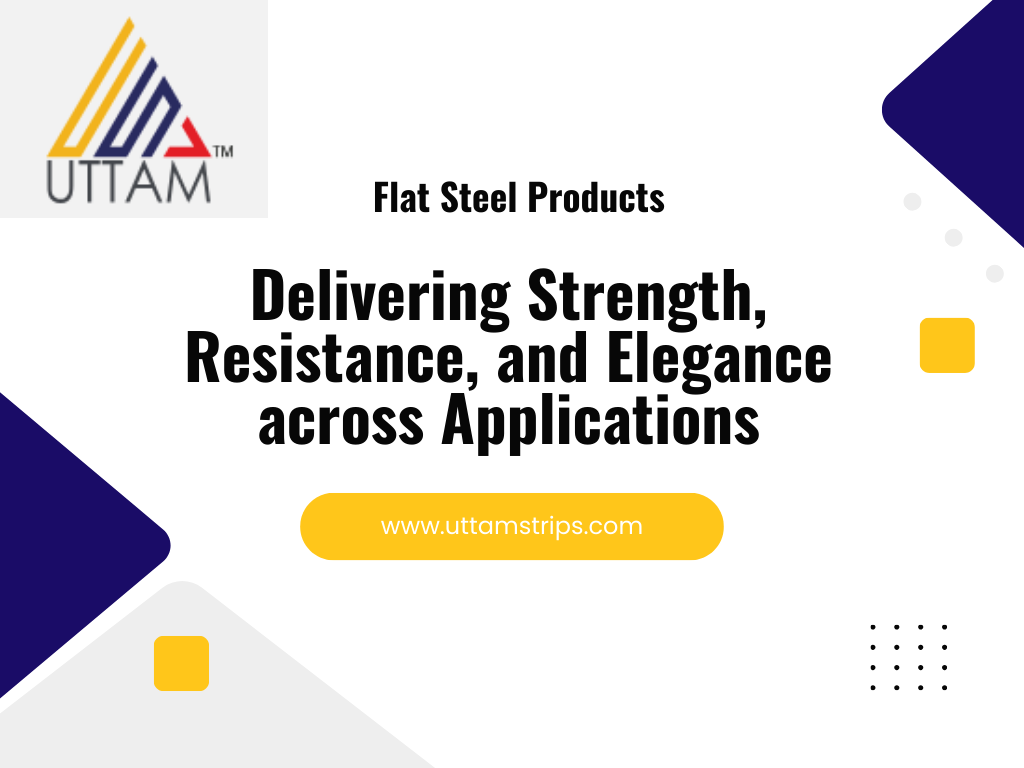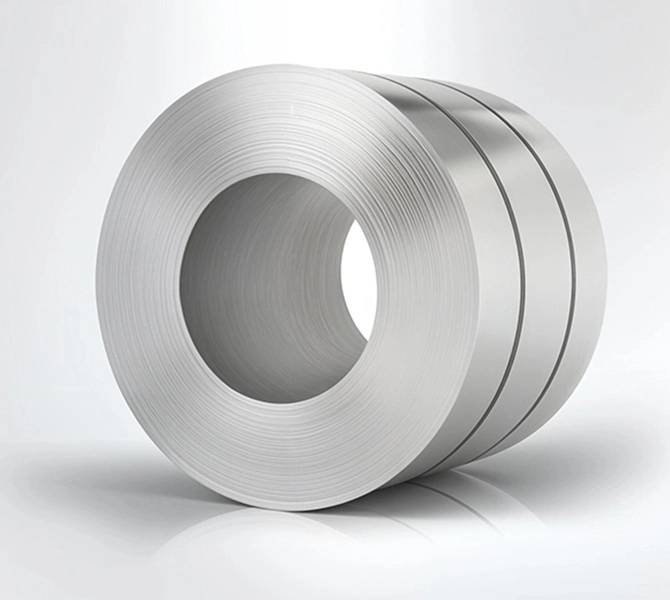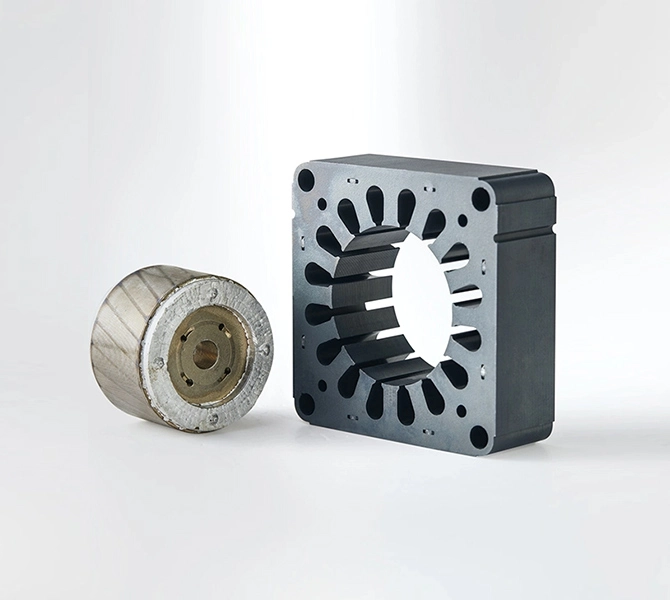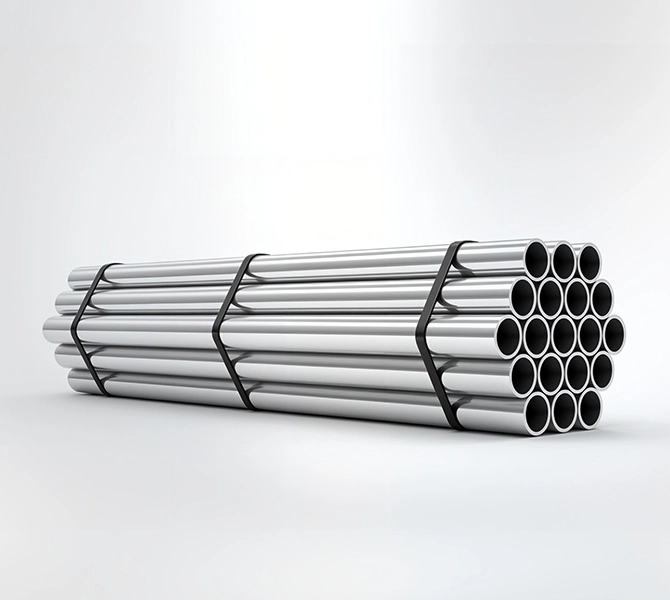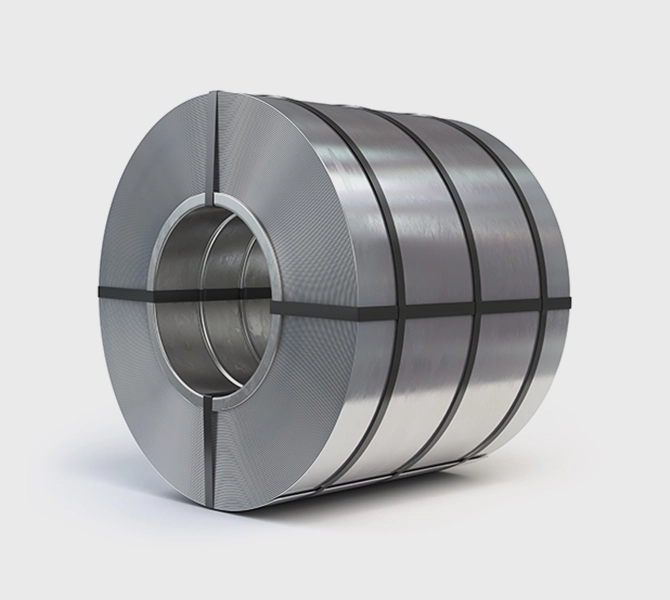20-Jan-2025
Types of Steel Processing Techniques
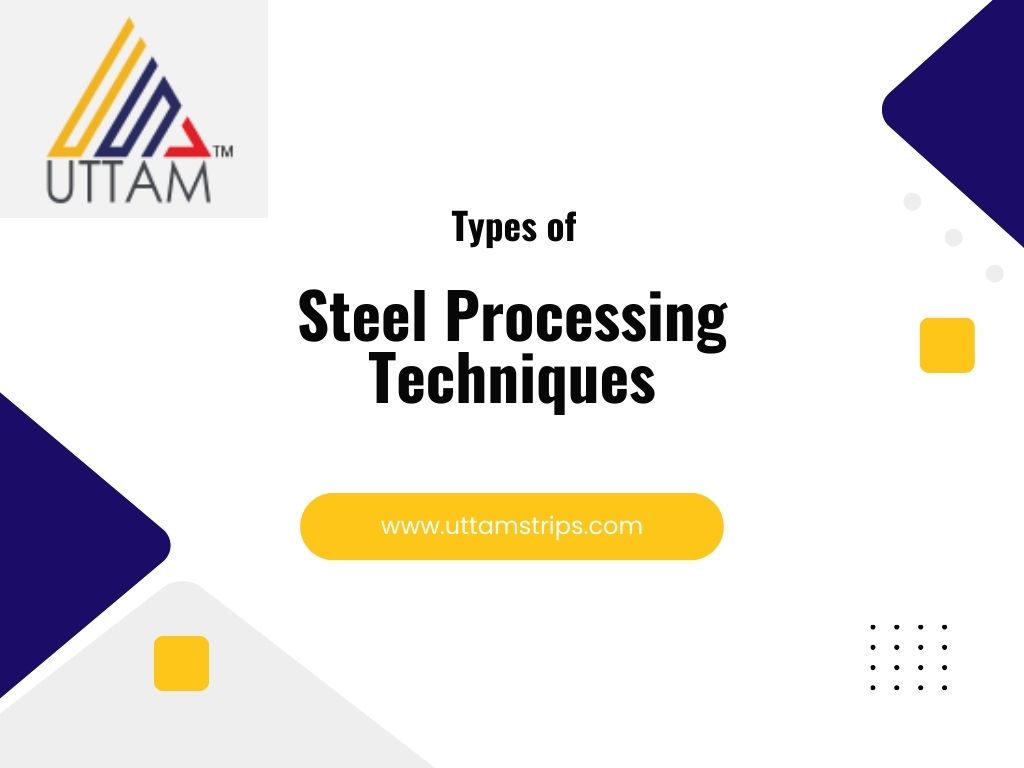
Steel processing is where raw, unprocessed steel is strategically converted into finished goods that reflect accuracy, strength, and adaptability in a complicated realm of metallurgy. This complex trip starts in the furnaces, where iron ore is burned into molten steel and its contaminants are exiled in a flaming furnace of excellence. From this brilliant cauldron, the steel starts a sequence of transformation techniques—rolling, forging, and others—each meticulously molding it into desired shapes, whether they be thin sheets, strong bars, or complex profiles.
Here’s a comprehensive look at these techniques:
Casting
Melted steel, shining like liquid fire, is delicately poured into strategically created molds in a captivating alchemy that produces the rough, but basic forms that would eventually be polished into final goods. Starting with the molten metal's dramatic descent, filling the molds with a searing brightness as it cools and hardens into its original shape, this ancient but always-changing process starts here. Melted steel flows easily into a continuous mold in continuous casting to create slabs, billets, and blooms that glide out in an apparently infinite stream of production. Celebrated for its efficiency and capacity to create consistent, premium steel pieces, this method is prized for creating bigger, heavier parts where the steel forms in intimidating ingots, ready for more work. First and most important in steel production, casting shapes the raw essence of steel into forms ready to be molded into the pillars of contemporary industry.
Hot Rolling
Hot rolling is a potent and transforming procedure wherein heated steel, over its recrystallization threshold, is led through heavy rollers under a metamorphosis that changes its very form. From coils to sheets, and even the robust, structural plates that create the bones of structures, the molten steel loses its original bulk as it passes through this great compression. This process produces steel with larger grains and a rougher surface but with amazing ductility that qualifies well for further processing. This harmony between strength and flexibility ensures that the steel stays useable, perfect for many different sectors. From tall skyscrapers to sturdy bridges, hot rolling produces galvanized steel coils, plates, and cold-rolled sheets—each a vital component in the building of everything. Hot rolling is the secret that releases steel's full possibilities in the big picture of industrial workmanship.
Cold Rolling
Following the great heat of hot rolling, cold rolling is a strategic procedure wherein steel is polished at room temperature, therefore transforming accuracy and elegance. The surface of the steel becomes smoother, its dimensions get more perfect, and its strength is much raised when it goes through high-pressure rollers. This method meets the needs of high-precision applications by imparting a polished finish and tighter tolerances. The result is a range of high utility products—cold-rolled coils, sleek sheets, and beautifully polished plates, frequently further galvanized to improve their robustness. Cold rolling gives the steel great quality, which makes it the ideal option for building automotive panels that need a perfect finish as well as appliances and metal furniture that demand both aesthetic appeal and longevity. Cold rolling is essentially the craft of turning steel into a high-performance material fit for applications where accuracy, strength, and a smooth, polished look are absolutely critical.
Forging
The time-honored craft of forging shapes heated steel under strong compressive forces, hence producing forms of robust strength. Whereas closed-die forging creates complex, demanding components with exacting detail, open-die forging molds the metal into bigger, simpler forms. Celebrated for their amazing toughness and reliability, this method produces high-strength components including gears, shafts, and fasteners using forged steel. Forming the backbone of many important industrial applications, forged steel is a monument to sheer force and accuracy.
Annealing
Like a cold breath after great effort, annealing is a procedure wherein steel is carefully heated to a particular temperature and then allowed to cool slowly. By relieving internal stresses, this controlled cooling changes the structure of the steel to improve ductility and lower brittleness. The end effect is a substance with better machinability, easily and precisely ready for shaping. Often a prelude, annealing helps to improve the characteristics of the steel before it is further machined or treated.
Tempering
A systematic methodology that reduces brittleness while preserving its natural hardness and strength, tempering is the refined procedure wherein previously hardened steel is gradually heated below its recrystallization point and then cooled slowly. For building sturdy tools, dependable structural parts, and supple springs, this treatment gives the steel a precise mix of toughness and resilience. In demanding applications, tempered steel represents durability and combines the two qualities of strength and ductility.
Hardening and Quenching
To lock in its crystalline form, steel is heated to a high temperature and then quickly quenched in water or oil. Against stress and abrasion, this rapid cooling greatly increases the steel's hardness and wear resistance, therefore rendering it formidable. Where robustness and durability rule, this is a preferred method for making cutting tools, drill bits, and other high-wear components.
Cutting and Machining
Using modern equipment including saws, lasers, water jets, and CNC machines, cutting and machining is the artistic process of precisely shaping steel. This careful molding ensures that every product satisfies precise criteria, catered for its intended use. Essential in many different sectors—whether it is automotive, aerospace, or construction—this method turns raw steel into highly sculpted components ready to be the backbone of complex equipment and strong buildings.
Surface Treatment and Coating
Whether paint, powder coatings, or specialized corrosion-resistant finishes, surface treatment and coating is a transforming finishing process wherein the steel is covered with protective layers. This application improves the durability of the material, increases its rust resistance, and raises its visual appeal. This method ensures a lustrous, long-lasting protection, therefore preserving the integrity and visual appeal of steel goods designed for ornamental purposes or those subject to demanding surroundings.
Concluding Remarks
Within the field of steel processing, a tsunami of modern ideas is transforming the sector by fusing futuristic ideas with heritage. Rising in popularity for automotive and aerospace applications with unmatched strength-to-weight ratios, Advanced High-Strength Steels (AHSS) including precision machining and laser cutting are developing to provide ultra-fine accuracy and waste-reducing power. A cleaner, sustainable future is also being paved by eco-friendly processes such as thermomechanical treatment and hydrogen-based steel manufacturing. These new developments highlight the industry's willingness to improve performance, lower environmental impact, and satisfy the changing needs of contemporary engineering with refined and innovative accuracy.
